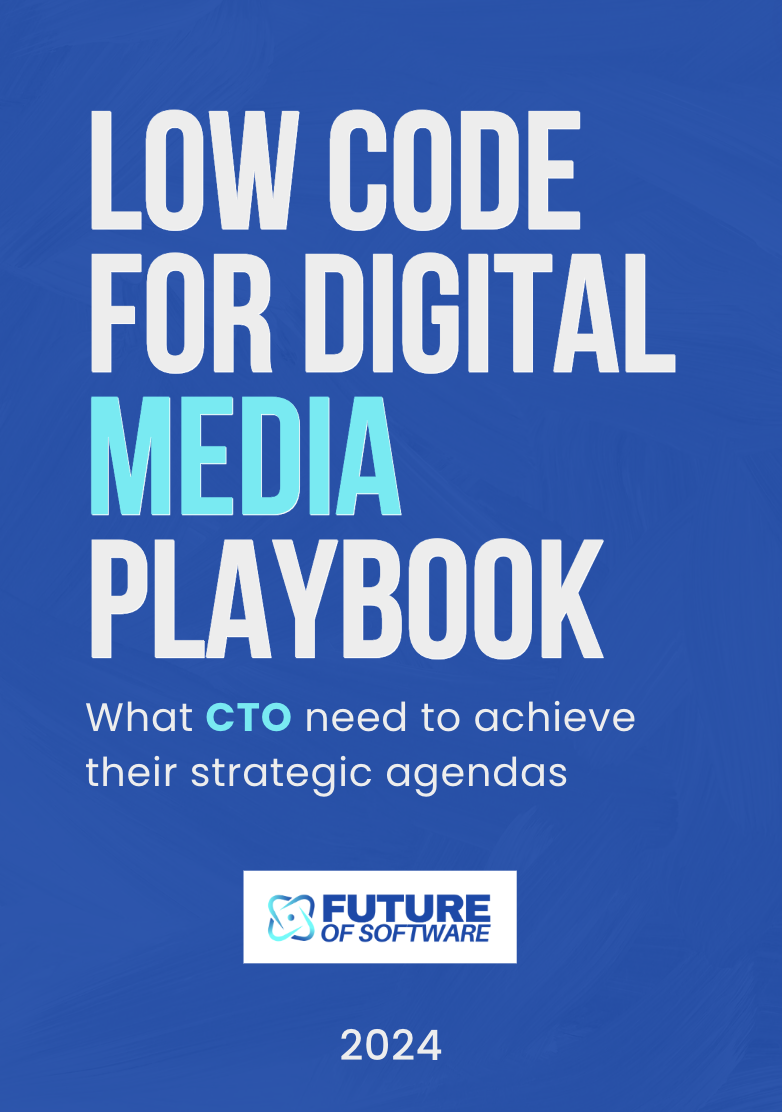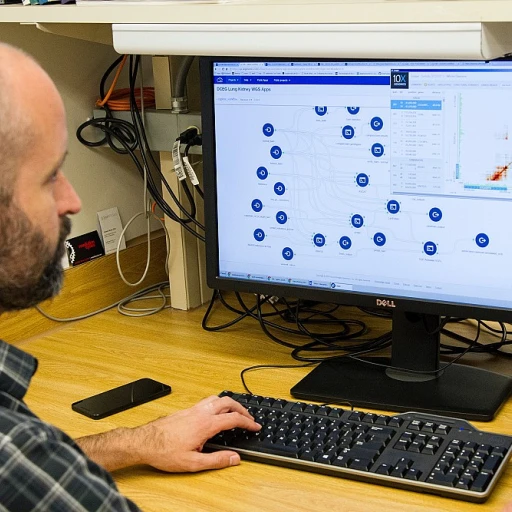
Understanding Next.js and Headless CMS
Getting to Know Next.js and the Concept of Headless CMS
Next.js has quickly gained popularity among developers for its efficient and flexible solutions in building web applications. Developed by Vercel, Next.js stands out as a React-based framework that offers features like server-side rendering, static site generation, and automatic code splitting. This ensures web apps are fast, scalable, and highly performant. The emergence of headless CMS has introduced a new era of content management. A headless CMS is a backend-only content management system that decouples the backend from the frontend presentation. It allows developers to fetch content via APIs and present it across various platforms, such as websites, mobile apps, and more. This flexibility makes it incredibly versatile for developers and content creators alike. The combination of Next.js and headless CMS offers several advantages, including the ability to serve dynamic content efficiently and adaptively. By leveraging the strengths of both technologies, businesses can build highly personalized and responsive user experiences. These tools provide developers with the freedom to choose the best headless CMS for their specific needs, accommodating different content strategies and architectures. When evaluating which headless CMS to pair with Next.js, there are numerous factors to consider. Reliable options are readily available for developers, each offering distinct advantages and integrations. To gain insight into the most fitting solution for your project, take a look at a comprehensive comparison of headless CMS options. This guide can help you make informed decisions about which platform will best align with your project goals. In the following sections, we will delve deeper into the compelling features that make this combination so effective, explore popular headless CMS platforms, and examine the perspectives of those utilizing these tools. Understanding the future trends in this dynamic landscape can greatly prepare developers and content creators to make the most of what Next.js and headless CMS have to offer.Features that Make Next.js and Headless CMS a Perfect Match
Why Next.js and Headless CMS are a Winning Combination
When it comes to building dynamic and high-performance web applications, combining Next.js with a headless CMS presents a compelling solution. But what exactly makes these two technologies such a perfect match? Firstly, Next.js provides a powerful framework for server-side rendering (SSR) and static site generation (SSG). This means developers have the flexibility to choose the right approach for their project, optimizing both load times and overall user experience. Coupled with a headless CMS, this allows for seamless integration and delivery of content across various platforms.- Flexibility and Scalability: Thanks to its decoupled architecture, a headless CMS allows developers to manage content separately from the presentation layer. This not only provides the freedom to use the best front-end tools but also enables easy scaling as content needs grow.
- Enhanced Performance: By employing Next.js and a headless CMS, developers can fine-tune performance through optimized rendering and efficient data fetching directly from APIs. This results in faster page loads and a smoother user experience.
- Robust SEO Capabilities: Next.js offers excellent SEO features right out of the box, ensuring that your application is highly visible to search engines. Combining this with a headless CMS, content can be optimized and tailored specifically for SEO needs, improving search rankings and visibility.
- Versatility in Development: The modular nature of Next.js along with the flexibility of a headless CMS means that developers can create a wide range of applications, from simple blogs to complex e-commerce sites.
Popular Headless CMS Options for Next.js Projects
Choosing the Right Headless CMS for Your Next.js Project
The success of a Next.js project using a headless CMS largely depends on choosing the right platform that suits your specific needs. Luckily, there's a growing number of headless CMS options in the market today, each offering unique features and capabilities. When selecting the best headless CMS for your project, consider the following aspects:- Ease of Use: Ensure that the CMS is easy to navigate, especially for content creators who might not have technical expertise.
- Content Delivery: A good CMS should support efficient and real-time content delivery to improve user experience and engagement.
- Scalability: Consider whether the CMS can grow with your project, accommodating increasing content volumes and traffic.
- Integration with Next.js: The CMS should have robust integration capabilities with Next.js, allowing for seamless data fetching and rendering.
- Headless Capabilities: Make sure the CMS fully supports a headless architecture, providing flexibility in content management and delivery.
- Contentful: Known for its flexible content model and robust API support, Contentful is a popular choice among developers looking for a cloud-based CMS solution.
- Strapi: An open-source option, Strapi offers high customizability and can be self-hosted, making it ideal for developers who like more control over their CMS setup.
- Sanity: With its real-time collaboration capabilities and customizable content studio, Sanity stands out as a versatile choice for both developers and content creators.
- Prismic: Prismic is famed for its slice-based content model, empowering developers and designers to create component-based layouts effortlessly.
Real-Time Content Management and Delivery
Seamless Content Updates
One of the standout features of Next.js combined with a headless CMS is the ability for real-time content management and delivery. This remarkable capability means that content updates made in the CMS are instantly reflected on the front-end, ensuring that users always have access to the most current information. This is particularly beneficial for businesses that require frequent updates or engaging real-time content like news outlets or e-commerce sites.Optimized Performance and Load Times
Another advantage of real-time content management is the optimization it brings to performance and load times. With server-side rendering and static site generation, Next.js ensures that your website is fast and reliable. When coupled with a headless CMS, content delivery becomes even more efficient, reducing lag and improving user experience significantly. This effective combination supports developers in creating dynamic, yet speedy web applications.Scalability and Flexibility
As digital landscapes evolve, the scalability and flexibility offered by Next.js alongside headless CMS solutions cater to growing traffic and expanding content demands. Teams no longer worry about traditional CMS limitations. Instead, they benefit from an architecture that easily scales with business needs while maintaining seamless content delivery. This flexibility empowers businesses to focus on innovation without being hindered by infrastructure constraints.Empowering Both Developers and Content Creators
The collaborative nature of real-time content management bridges the gap between developers and content creators. Developers build and maintain efficient and scalable applications, while content creators have the freedom to manage and update content without any technical barriers. This synergy boosts productivity and ensures a coherent and targeted message to the end-users.Developer and Content Creator Perspectives
Bridging the Gap Between Developers and Content Creators
In the evolving landscape of web development, the collaboration between developers and content creators is more crucial than ever. With the integration of Next.js and headless CMS, both parties can work more efficiently, each focusing on their core strengths.
For developers, Next.js offers a robust framework that allows for the creation of fast, scalable, and SEO-friendly websites. The flexibility of a headless CMS means developers are not constrained by the limitations of traditional CMS platforms. They can build custom front-ends that meet specific project requirements without being tied to a monolithic backend.
For content creators, the use of a headless CMS provides an intuitive interface for managing content without needing to understand the complexities of the underlying code. This separation of concerns means they can focus on crafting engaging content while developers handle the technical aspects of the site.
Streamlined Workflows and Enhanced Productivity
The combination of Next.js and headless CMS also leads to more streamlined workflows. Developers can set up environments where content creators can preview changes in real-time, reducing the back-and-forth typically involved in content updates. This not only speeds up the content publishing process but also enhances productivity for both teams.
Additionally, the decoupled nature of a headless CMS allows for easier integration with other tools and services, making it possible to automate various tasks and further improve efficiency.
Empowering Innovation and Creativity
Ultimately, the synergy between Next.js and headless CMS empowers both developers and content creators to innovate and push creative boundaries. Developers have the freedom to experiment with new technologies and frameworks, while content creators can leverage the latest tools to engage their audiences effectively.
As we look to the future, this collaborative model is likely to become the standard, fostering an environment where creativity and technical expertise can flourish together.















